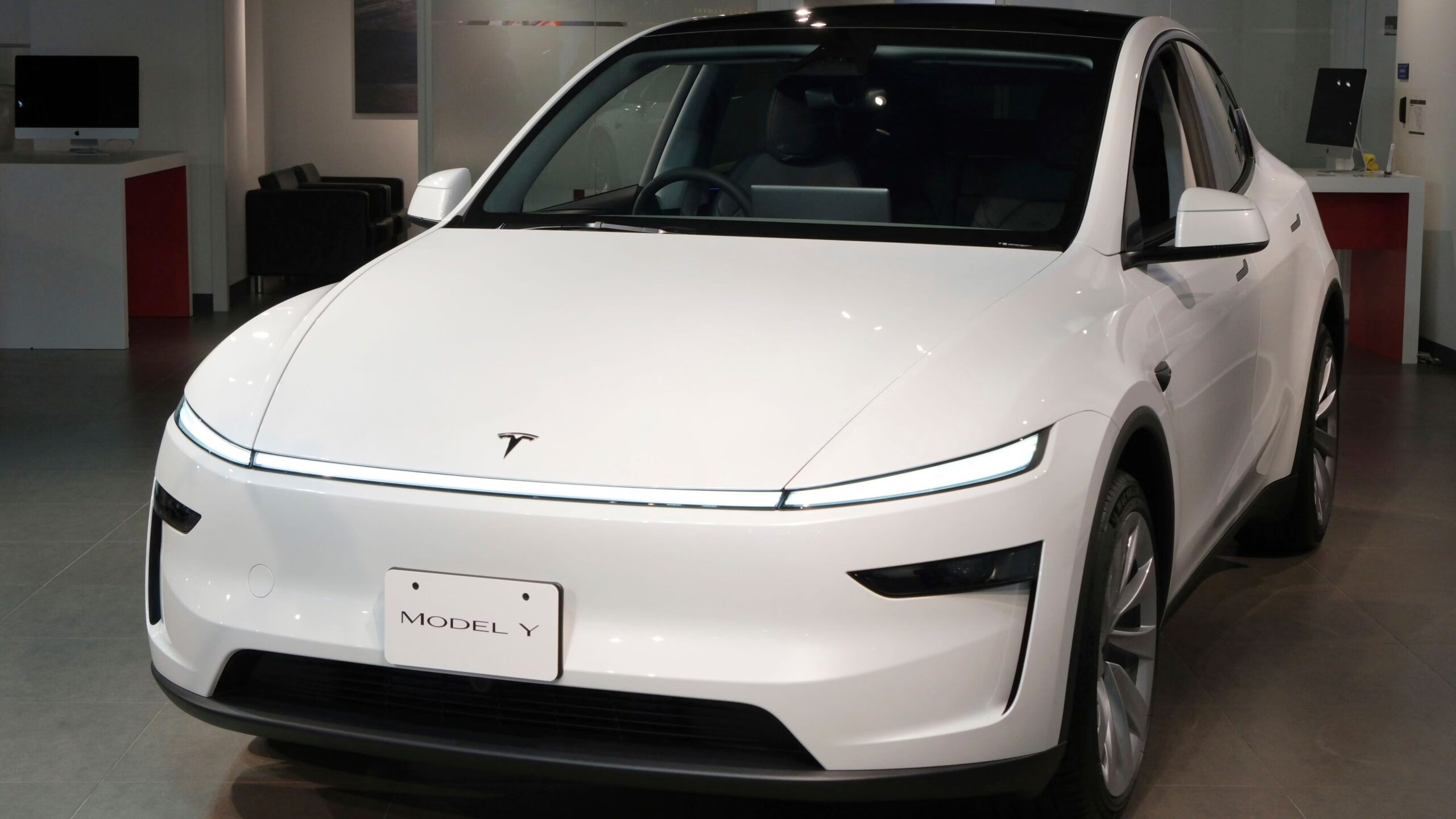
After more than a year of teasing, Tesla finally revealed “more affordable models” of its vehicles on Tuesday, releasing bare-bones versions of the Model 3 sedan and Model Y SUV. The new variants, both dubbed “Standard,” start at $36,990 and $39,990, respectively.
Stripped-Down Features and Missing Autopilot
Set to ship later this year, the new “Standard” models offer an estimated 321 miles of range on a full battery but come with fewer features than the more premium rear-wheel or all-wheel drive variants. Notably, these cheaper cars do not include Autopilot, the company’s basic advanced driver assistance system. Instead, the new models only feature traffic-aware cruise control, omitting Autosteer (the lane-centering feature that completes the full Autopilot set).
The cost-cutting is evident both inside and out. The interiors embrace a spartan approach: features like the second-row touchscreen are removed, and the steering wheel and side mirrors are now manually adjusted. The audio system is downgraded to just seven speakers, lacking the 15 speakers and subwoofer found in costlier versions, and there is no FM/AM radio. Only the first row retains heated seats. On the exterior, Tesla eliminated the glass roof on the “Standard” cars (though the Model 3 retains it on the exterior but is covered on the interior for the Model Y) and ditched the light bar that adorns the nose of the more expensive Model Y variants. CEO Elon Musk and other executives have previously joked at length about playing “Game of Thrones but [for] pennies” to describe the company’s intense cost-reduction efforts, which is the clear strategy behind these “Standard” versions.
Pricing and Market Competition
The release of these cheaper models is intended to help push Tesla back into growth territory after sales declined in 2024. However, the starting price is not as low as some had hoped, especially given that Musk once teased a $25,000 Tesla—a project he ultimately abandoned. Furthermore, the new Model 3 still fails to dip below the $35,000 price threshold that Tesla famously promoted before the car’s 2016 launch, a price point that was rarely available to consumers.
Since the U.S. federal EV tax credit expired last month, these prices will be straightforward in the United States, unless buyers can access strong state EV incentives. This creates an interesting challenge for new EV buyers, as major automakers are pulling back plans for more expensive electric vehicles, theoretically reducing competition, which could benefit Tesla. Competitors are preparing low-cost rivals, with Ford developing a low-cost EV platform due in 2027, General Motors reviving the Chevy Bolt, and upstart companies like Rivian and Lucid Motors planning new EVs priced around the Model 3 and Model Y Standard. While Tesla rebounded to achieve its best quarter ever just before the tax credit expired, it remains unclear how durable that momentum will be. The new “Standard” models will apply competitive pressure both to Tesla’s existing offerings and potentially to the used car market.
What The Author Thinks
Tesla’s decision to strip “Autosteer”—a key component of the basic Autopilot function that has long been standard—from these “Standard” models is a transparent cost-cutting measure that risks violating its core brand promise of advanced driving capability. While the internal feature deletions are expected, removing a core, software-based driver-assistance feature undermines the perception of safety and technological leadership that distinguishes Tesla from conventional automakers. This aggressive pursuit of a lower sticker price, even at the expense of a long-standard feature, suggests a desperation to juice sales volumes that may damage the company’s premium, tech-forward image in the long run.
Featured image credit: Heute
For more stories like it, click the +Follow button at the top of this page to follow us.
